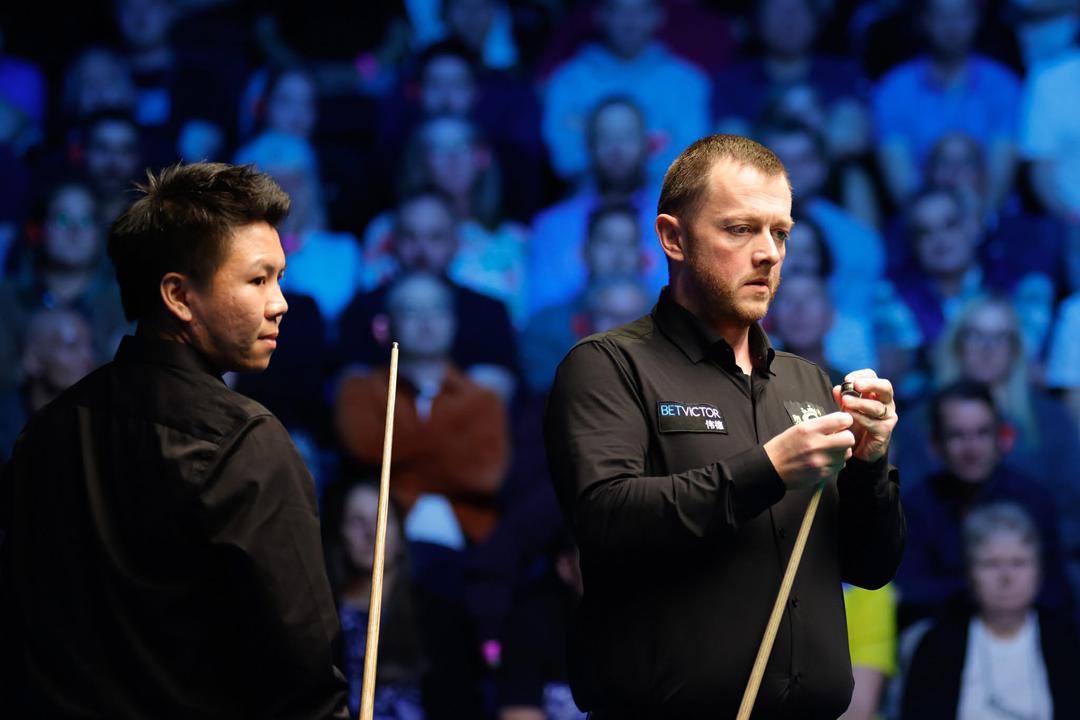Unbelievable Consistency of Chaos: Trio of Snooker Ranking Finals Decided in Final-Frame Thrillers — A Historic First for the Game
Snooker has always been a sport defined by patience, precision, and pressure. Yet, over the past month, the green baize has hosted something bordering on the unbelievable: three consecutive ranking finals all decided in the most nerve-shredding way possible—a final-frame decider. In a game where margins are measured in millimeters and mental composure defines champions, this string of final-frame finishes has sent shockwaves through the snooker world and etched itself into the game’s history books.
A Perfect Storm of Drama
Snooker’s ranking finals are rare enough occasions, but the odds of three in a row all ending 10–9—or 6–5 in shorter formats—are astronomical. The sport thrives on tension, but this sequence has elevated that tension to the level of pure theatre. Each final unfolded with its own unique story, but together they have created a narrative of relentless unpredictability—a kind of “consistency of chaos” that has captured fans’ imaginations.
For veteran commentators, it recalls the legendary finishes of the 1980s, when the sport entered living rooms around the world. Yet even then, never had the game produced such a streak of back-to-back-to-back nail-biters. Barry Hearn, the sport’s long-time promoter, summed it up succinctly: “You couldn’t script this. Not in Hollywood, not anywhere. Snooker is writing its own history right in front of us.”
The First of the Trio
The sequence began with the Scottish Open Final, where two-time world champion Mark Williams faced off against the rising force Zhao Xintong. Williams, renowned for his unflappable temperament, seemed to have the match under control at 8–5. But Zhao mounted an astonishing fightback, forcing the decider with back-to-back centuries. In the final frame, Williams’ experience prevailed as he produced a 74 clearance under suffocating pressure. That one-frame difference not only handed him the title but also set the tone for what was to come.
The Middle Chapter
Just a fortnight later came the English Open, where Judd Trump and Kyren Wilson locked horns in a battle of styles—Trump’s flamboyance versus Wilson’s tactical discipline. The match swung like a pendulum: Trump surged to an early lead, Wilson clawed his way back, and neither man gave an inch thereafter. At 8–8, the arena atmosphere was electric, fans almost too tense to breathe. The decider lasted nearly an hour, a tactical war that saw safety exchanges of the highest order. Finally, Trump capitalized on a rare Wilson error to complete a nerveless 56 clearance. His clenched-fist celebration showed just how much even one frame can mean when careers and legacies hang in the balance.
The Historic Third
The climax came with the German Masters Final, a tournament that has gained prestige as one of snooker’s marquee events on the continent. Neil Robertson, the Australian maestro, squared off against Ronnie O’Sullivan, the sport’s most decorated and unpredictable genius. The buildup alone was box office, but the match itself was something else entirely. Robertson looked destined for victory at 9–7, only for O’Sullivan to summon his trademark brilliance and force a decider with two outrageous centuries.
In the final frame, both players had chances. Robertson broke down at 37, leaving O’Sullivan a lifeline. What followed was a clearance that will be replayed for years: delicate cannons, pinpoint positional play, and a trademark black into the middle that sealed his 41st ranking title. The Tempodrom in Berlin erupted, and with it, snooker entered unprecedented territory—three finals in succession, all decided by a single frame.
Why This Matters
Snooker’s drama is not built on speed or chaos but on tension, psychology, and fine margins. To see that tension distilled three times in a row on its grandest stages is not only a statistical oddity but a testament to the competitive balance of the modern tour. The so-called “Class of ’92”—O’Sullivan, Higgins, Williams—still fight tooth and nail against the younger generation. At the same time, emerging stars like Zhao and Wilson refuse to be intimidated, pushing established greats to their limits.
The streak also speaks to the sport’s global audience. Each of these finals was broadcast worldwide, with millions tuning in on television and streaming platforms. Fans in China, the UK, and across Europe shared the same experience: the indescribable tension of a one-frame shootout for glory. In an era where sports compete with streaming, social media, and endless distractions, snooker once again proved its ability to captivate.
The Legacy of the “Consistency of Chaos”
Whether this trio of deciders is remembered as a quirk of fate or the dawn of a new era, one thing is certain: it has set a benchmark for drama that future finals will struggle to match. Players know that history has raised the stakes. Audiences, too, will arrive at the next ranking event with the hope—perhaps even the expectation—that another decider is waiting in the wings.
For now, the snooker world celebrates an extraordinary first: three consecutive ranking finals, each going all the way, each writing its own unforgettable chapter. In a sport where precision rules, it is the unpredictability—the chaos—that has delivered history.


